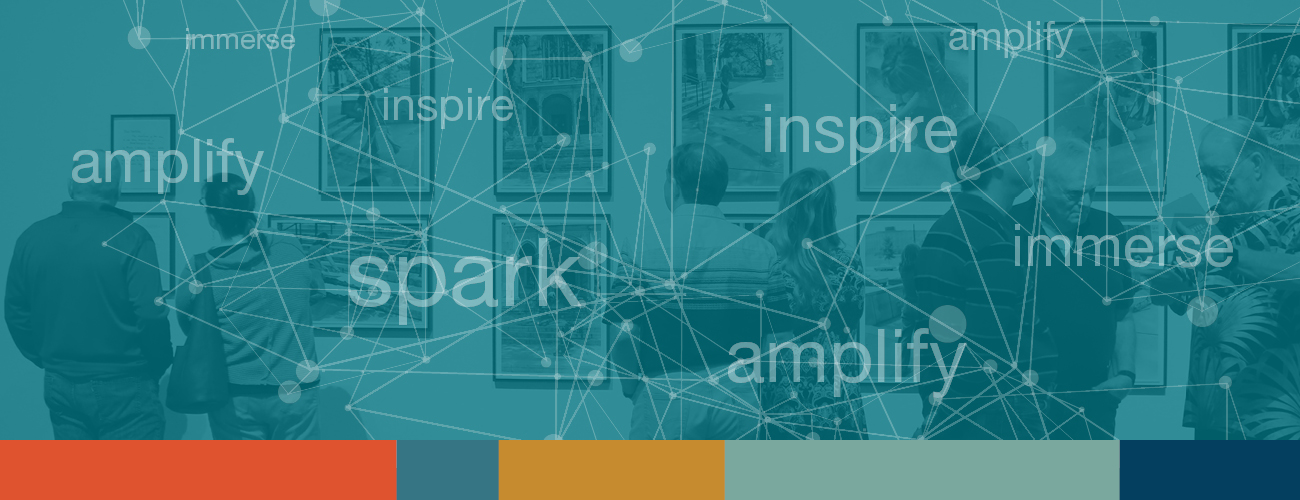Temporary Public Art, Lost, at Civic Center: a conversation with artist Amanda Parer
Scottsdale Arts is hosting the Lost artwork at the Scottsdale Civic Center from April 1 through 10, 2023! Four large-scale, lighted inflatable flowers will be available for visitors to explore. Read below as the artist Amanda Parer of Parer Studio shares insight into her artwork.
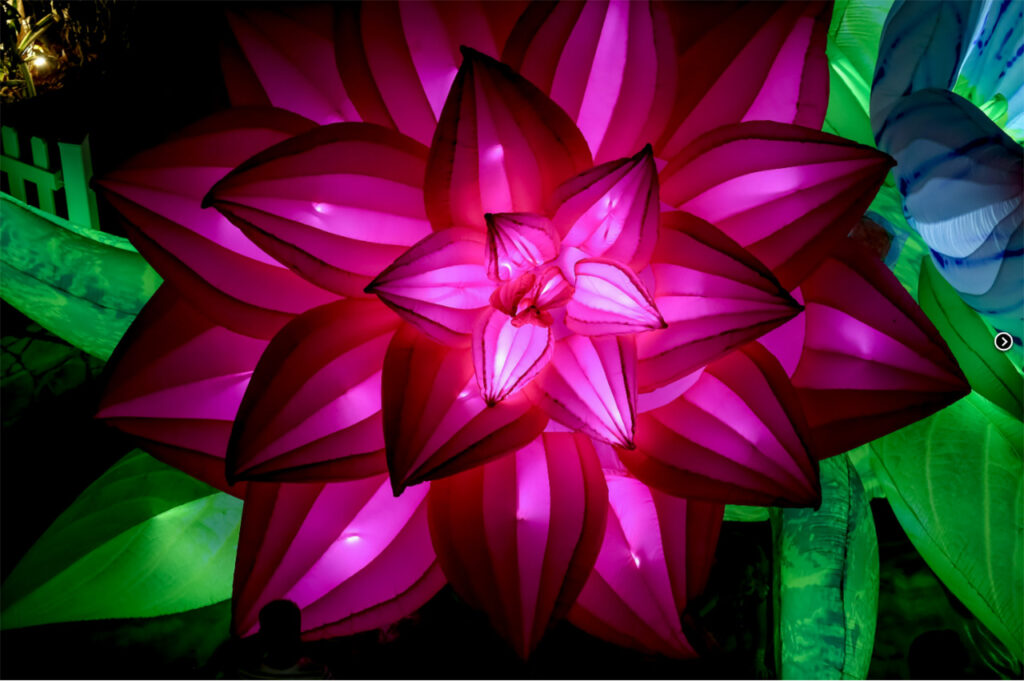
- How did you begin your public art journey?
I always knew that I wanted to be an artist, creating and making was always something that I busied myself with as a child, a teen, and throughout my life.
I thought that my artistic career would be in the form of making paintings and sculptures and exhibiting them in white cube galleries and I did this for many years.
But the art scene is very broad, so what I discovered is that, as an artist, it is good to find my niche—a little spot in the artistic landscape where you can stand out and do your thing.
A bit of background: when I was 27 years old, I was lucky enough to go to the Galapagos Islands with my uncle David Parer who was making natural history films there for the BBC, ABC, and National Geographic. One incident occurred that crystallized my thinking about the world and role within it.
Our group was in a boat on the most northern island of the Galapagos, called Culpepper, to film the whale sharks that frequented the area so much it was called “Whale Shark Alley.” I was in a dingy, and divers were surfacing excitedly, telling me to hurry and put on my mask and just jump in because there was a huge whale shark directly underneath.
Without thinking, I did as they said. After the splash, immediately my vision was filled with the giant brown spotted body of a 40-foot whale shark. I proceeded to spend the rest of the day snorkeling around whale sharks, swimming between seemingly endless walls of brightly colored reef fish; it was indescribably beautiful.
The next morning, we were awoken by the sounds of another boat approaching; it was an illegal fishing trawler. The locals who were with us knew they were most likely carrying guns and it was best not to mess with them. Their hull was the size of an Olympic swimming pool, and they proceeded to scoop indiscriminately out of the reef area where we were the day prior. All we could do was solemnly watch on.
I understand that the local fisherman need to survive, and fishing is a source of income. The Galapagos Islands are an international marine park, but those employed to protect the area could not do so effectively due to government corruption.
It was with this experience that I had found the themes in which to form my artwork on.
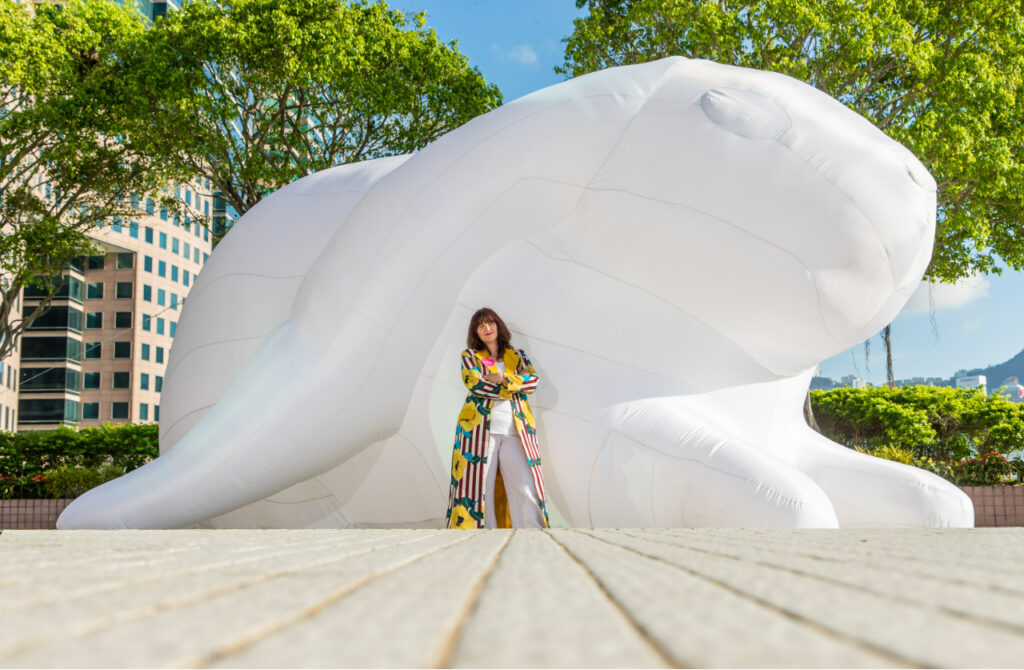
In 2013, surfing the net one day, I came across news on the Macy’s Thanksgiving Day Parade in New York and saw the giant inflatables floating through Manhattan streets. This gave me the idea of the medium which I could use to bring my giant rabbit metaphor out of the two-dimensional plane and into the three-dimensional world.
Thus, my first installation artwork was born, and it was called Intrude.
I created and presented the first rendition of Intrude at the 2014 Vivid exhibition in Sydney. Intrude was then composed of five giant, illuminated, inflatable rabbits, in different poses, 7 meters high or long, looking relaxed, like they just hopped in and made themselves at home metaphorically, which is exactly what they have done in our country.
After the 2014 exhibition, I thought that I’d go back to being a fine artist painting away in my big dusty studio, but this wasn’t to be. Requests started to come in to exhibit the piece here, there, and everywhere, and I haven’t picked up a paint brush since.
I love working in public art because it is egalitarian, it is about communication, and I love the potential of my art communicating to many people, as opposed to a few who either “understand or can afford to buy art” In the public domain. People who are experiencing my work may not even know it is art, which I love.
- When creating a new public artwork, what are the first steps you like to take?
Initially, my attention is drawn to certain issues, topics, or images, which then inspire me to create a mental image of the artwork. This process can be quick or take some time, but eventually, the idea develops enough for me to start working on it.
Next, I create a 3D digital model of my design, which is then sent to my workshop. There, a program is used to accurately map out the shape of the design, enlarging it from its initial model size to its final gigantic form.
Once the giant form has been produced, I collaborate closely with a team of professionals, including engineers, lighting designers, production technicians, and managers, to transform the form into a public art installation that truly comes to life.
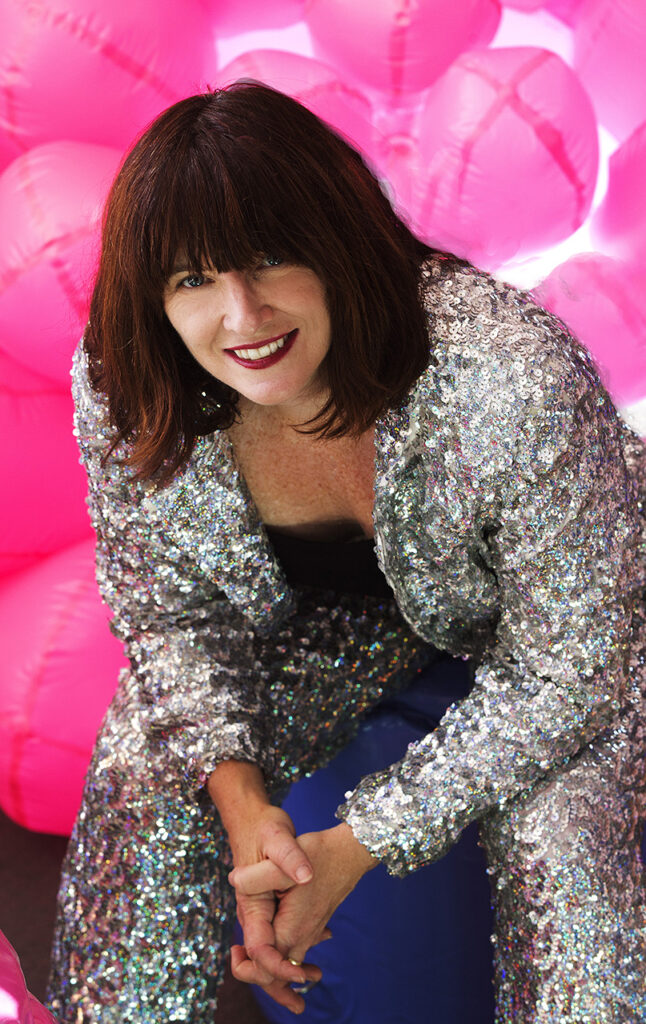
- What was your inspiration for the design of Lost?
My work to date has been exploring our human relationship with the natural world. The monumental flora celebrated in my Lost artwork are either extinct or endangered botanical species from every continent around the globe which are delicately colored, illuminated, and vibrant, highlighting the beauty and wonder that has been or that is soon to be lost.
I like my work to be multilayered and fun. The Lost installation artwork features large botanicals to celebrate nature whilst inspiring fantasy, reminding the visitor of Alice in her Wonderland, where she has been shrunk down to a tiny size and wanders around the gigantic plants around her.
- What do you hope viewers of Lost take away from their experience?
I want people to enter a world of fantasy and wonder. I have explored themes about the environment and our role within it and now these ideas are more pressing than ever to explore, and I believe art is the way that we can do it together. Upon approach, Lost is large illuminated flowers, which is fun and enjoyable, but when viewers understand that all of the species included are either endangered or extinct, hopefully this will trigger some thought and discussion.
These art installations allow a space for play, imagination, and contemplation.
- Other than Lost, what is your favorite piece of public art that you have created?
Typically, I find that my favorite creation is the one I’m currently working on. It’s exciting because it’s new, and it hasn’t been fully realized yet. Witnessing a project evolve from the drawing board to reality is immensely satisfying. There are a few pieces among my current works that I hold in high regard. Bertha, for example, is one of my favorites. She exudes the most character among all the bunnies I’ve designed, and her cuteness and charm are amplified when seen towering 30 feet high. To allow for more personal interpretation from the audience, I intentionally designed the other bunnies with less character and individuality. As a result, I’ve observed people at exhibitions hugging, kissing, and even naming their preferred bunny.
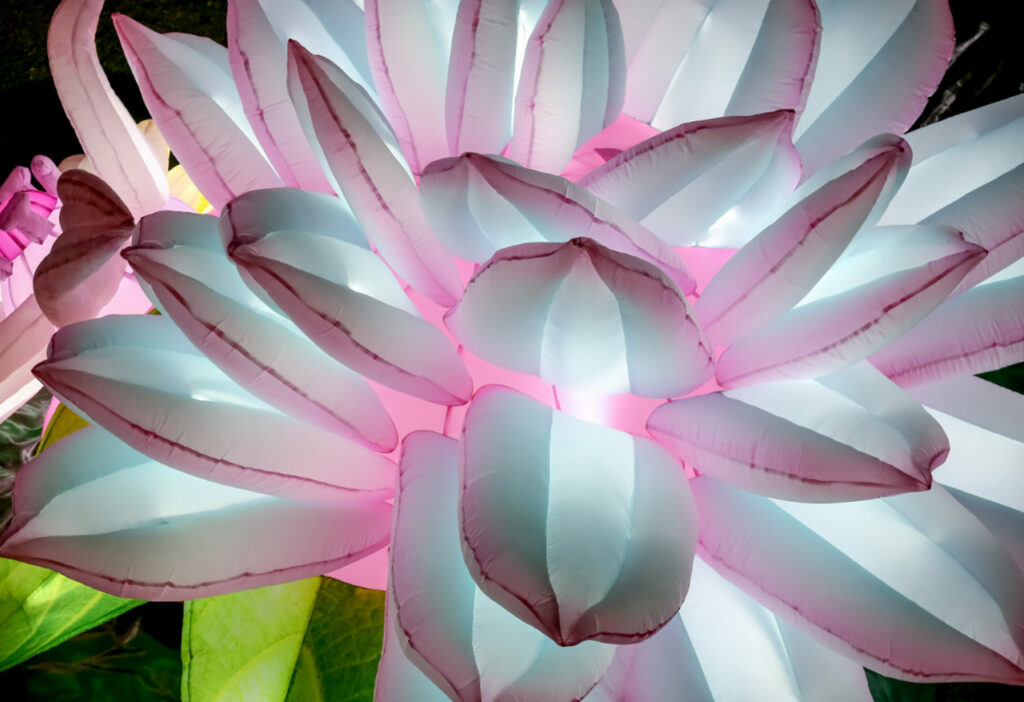
- Do you have any advice for artists emerging in the public art field?
It may take a while and a lot of hard work, sweat, and sacrifice, but find your voice and place within the artworld. There will be many times when you’ll wonder why you keep on going, but dig deep and stick to it. In a lot of cases, it’s about longevity—giving people the chance to get to know your work and to support you on your journey.
- Do you have any fun anecdotes you would like to share?
It’s always a joy to watch people around my works! At the first exhibition of Intrude, it was very near the financial district in Sydney, Australia. After 5 p.m. some very serious looking people in suits wandered down to the display location and, at the joy of seeing giant white glowing rabbits, kicked off their shoes and proceed to run around to each of the bunnies, hugging and kissing them like children. This was just beautiful!
Back to Immerse home.
CONNECTIONS: Spark | Amplify | Inspire



